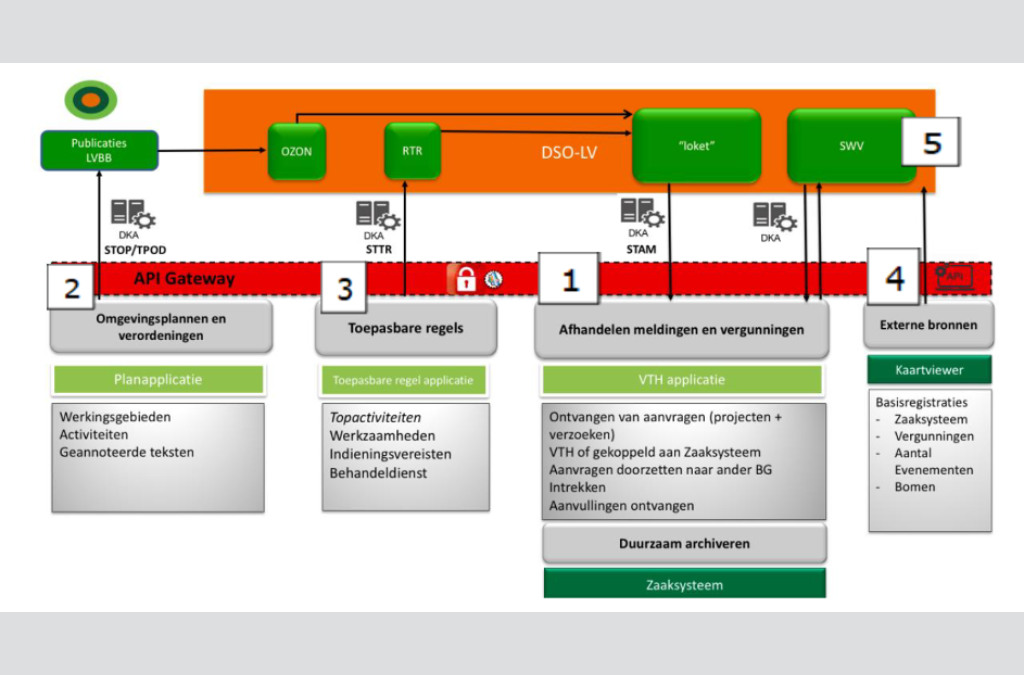Around summer, a final check will take place, but the introduction of the Environment Act will not be postponed in principle. This means that municipalities and other authorities must ensure that the basics work in 2020. What do you need to have in order by 1 January 2021 and what do you need to practice with?
NOT EVERYTHING AT ONCE
The Hague has decided that municipalities do not need to have all the future functionality of the Environment Counter ready on 1 January 2021. The primary process comes first. Citizens and businesses must be able to apply for permits via the Environment Counter, authorities must be able to handle them, and it must be clear which rules apply when.
2020 HYBRID SITUATION
In 2020, there is a hybrid situation. All applications received up to and including 31 December 2020 will be entered in the "old" Olo or AIM and processed there. If these are linked to your current VTH, case system, and DMS, they will still be registered and processed in the current way. From 1 January 2021, new applications and notifications will be received at the new Environment Counter.
COOKBOOK CONNECTING TO DSO-LV
The VNG publication Cookbook connecting to DSO-LV contains the technical instructions for connecting to the DSO-LV that you need to practice with applications and notifications. See also the picture below from this VNG cookbook. This concerns connecting to the DSO-LV and selecting, acquiring, and implementing the planning software (1) and applicable rules (3). To really be able to practice, the external sources (4) are also of great importance. Depending on the way you want to collaborate in the chain, you can also practice with the collaboration facilities (2) available in the DSO.
ZONING PLANS AND THE BRIDAL CHEST
All current zoning plans will be automatically transferred to the DSO-LV. This can be done in all current forms and file formats. In addition, it is advisable to start assessing and adjusting the bridal chest, the set of national rules that will be your rules from 1 January 2021. This is not a legal obligation, but they do affect your services. For the total set of rules in the bridal chest, this is a lot of work, but you can start small and gradually expand and improve the regulations in the DSO.
YOUR REGISTRATIONS IN ORDER
For good information provision in the DSO, it is important to have the quality of your basic registrations in order. In the DSO, options such as 'placing an extension or shed', 'demolishing a building or part of it', and 'cutting down or pruning a tree' are available. But the information for this must be usable from sources such as the BAG, BRK or BGT and local regulations
MAKING CHOICES AND ALIGNMENT
Because you cannot arrange everything at once, you must make choices: what to do and what not to do. And set a timeline for the things you will arrange later. This requires good alignment between those who make these policy choices and those who are involved in information provision. Every (policy) choice must be translated into its impact on information provision. This includes a good check to see if the plans are really feasible for everyone involved.
COMMUNICATION
In 2020, a hybrid situation arises, the choices of what to do and what not to do, all of these things require a clear implementation strategy. Communicate to citizens and businesses, but also internally, what will and will not be possible in the Environment Counter and communicate this in a timely manner to all those involved.


